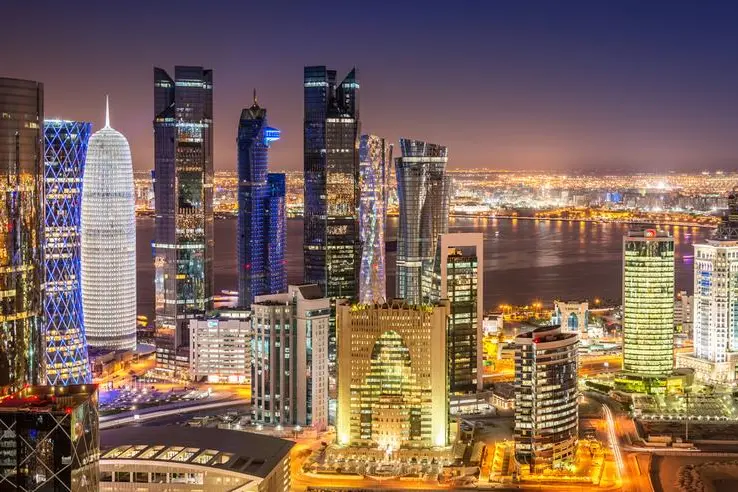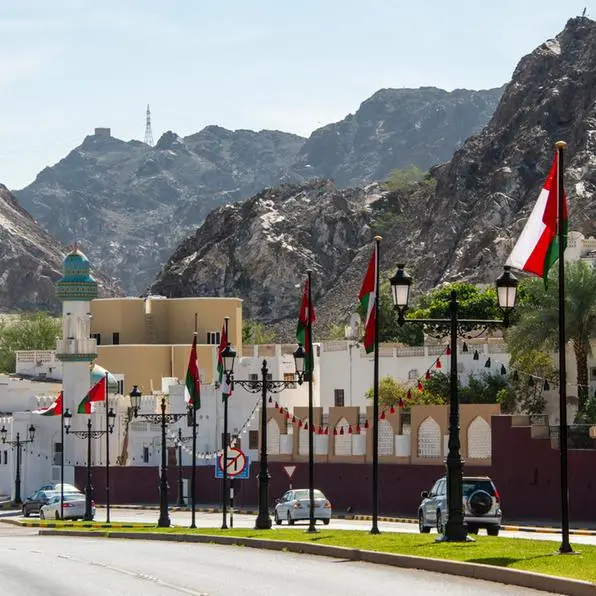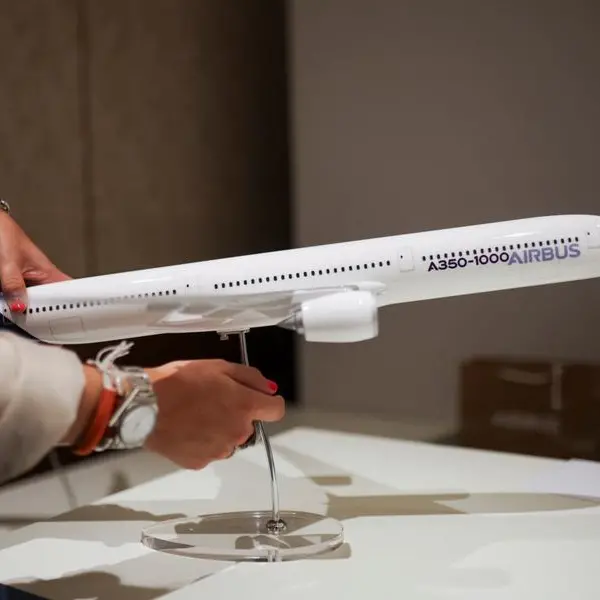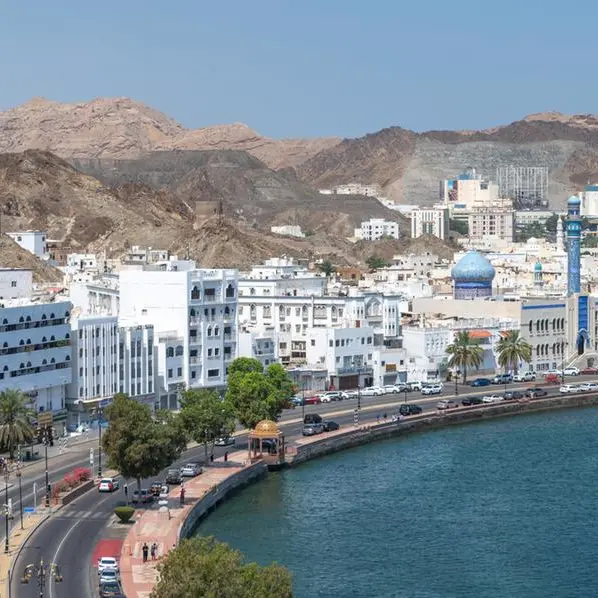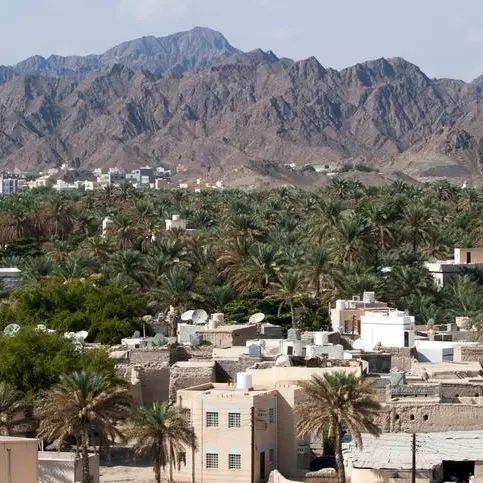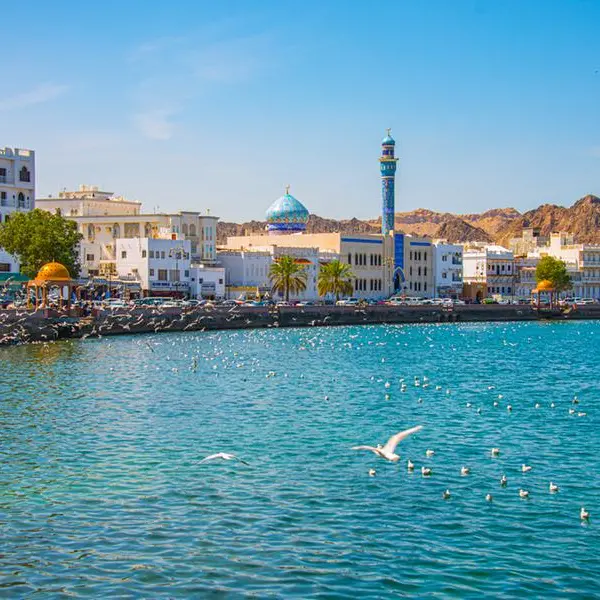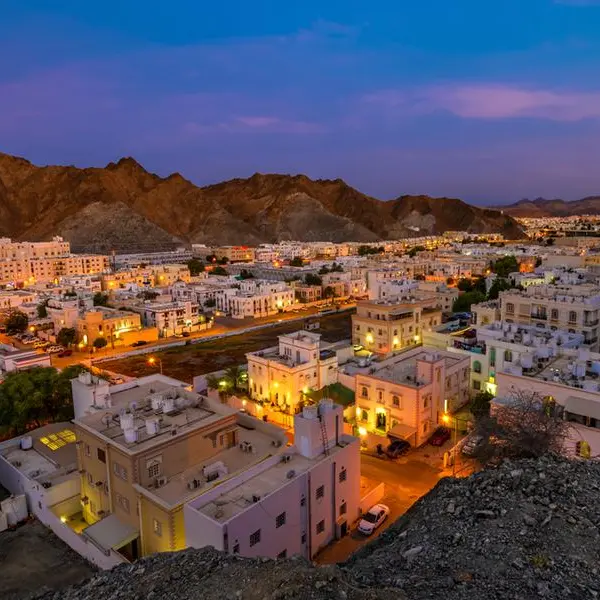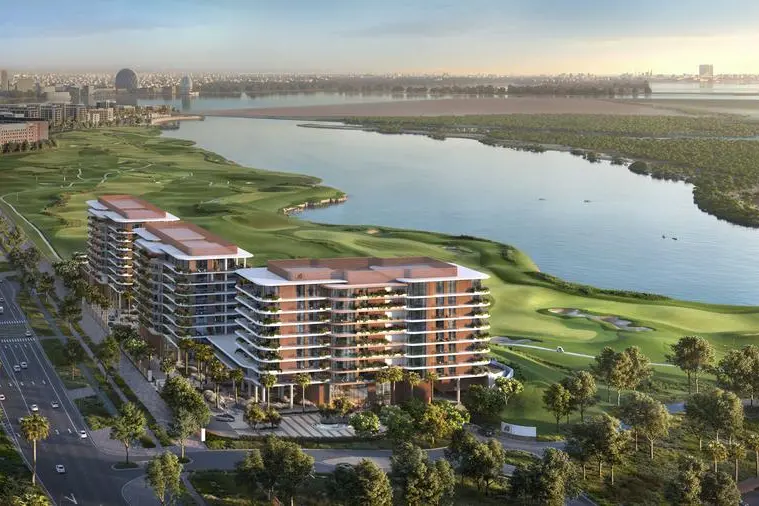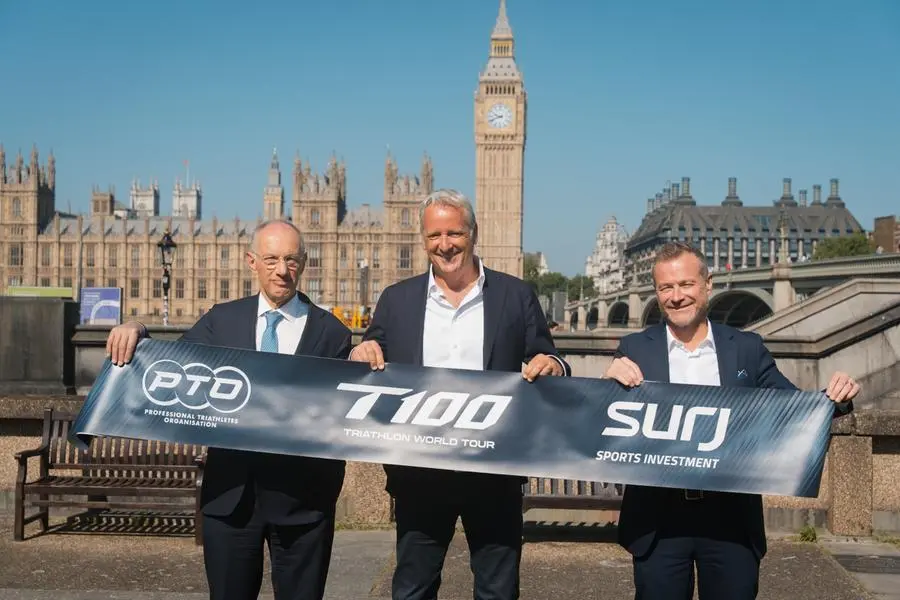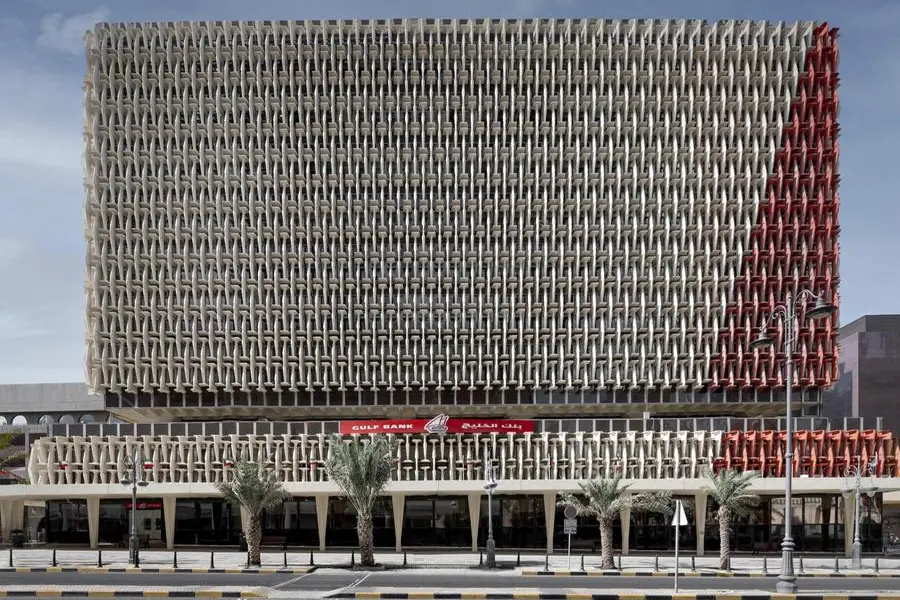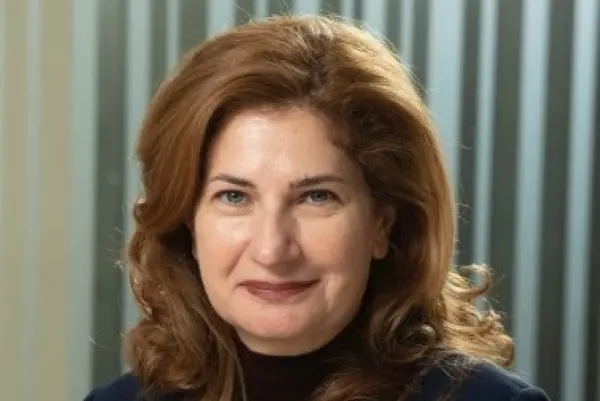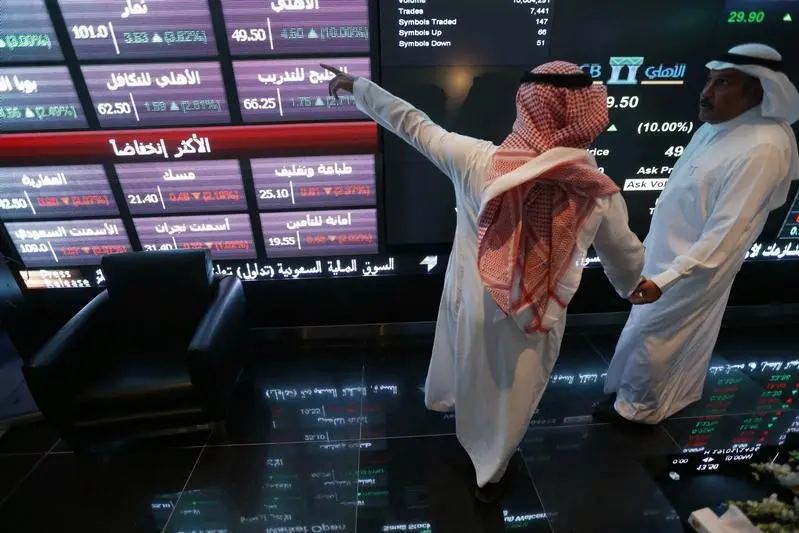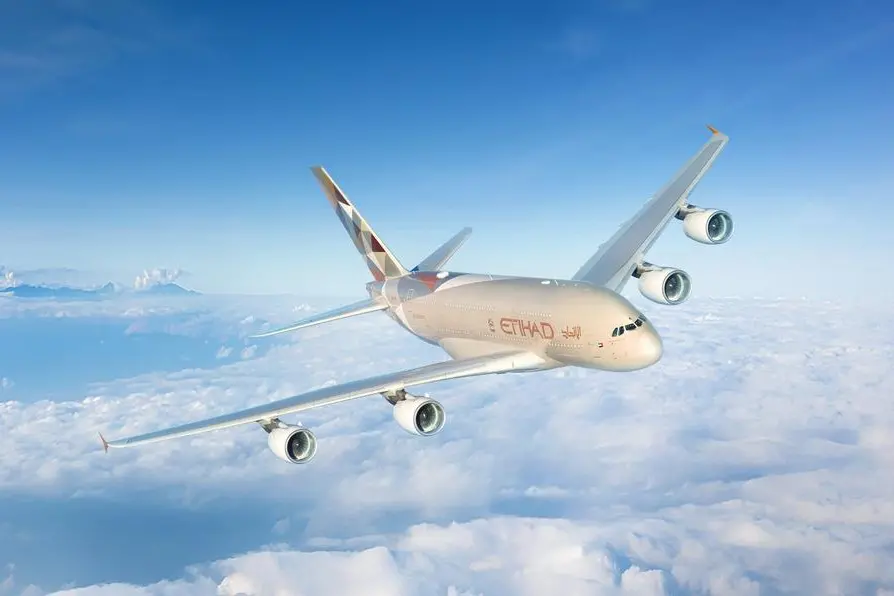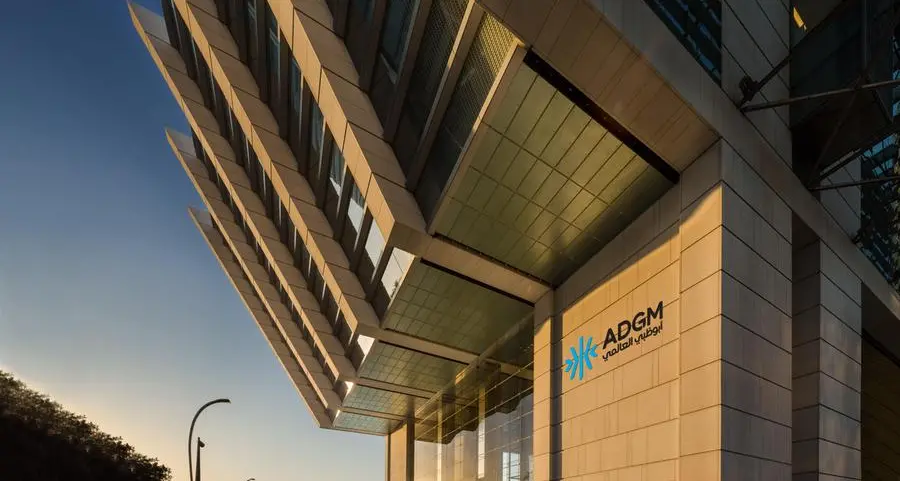PHOTO
Doha: Qatar is gradually becoming a public art powerhouse, fuelling the nation’s creative environment with its towering sculptures and thought-provoking murals.
The enormous and spectacular sculpture “Gekröse,” which is located on the Doha Corniche, and “Shelters” by Marco Bruno and Michael Perrone, which is situated in Lusail, are the newest additions to the extensive catalogue of public artworks in the country.
Gekrose is a massive sculpture made of lacquered aluminium that has a convoluted design and is painted a vibrant shade of pink.
“Shelters” consists of two structures that may be used as gathering and resting spaces for groups playing a game of street cricket. It was inspired by the cricket-playing community in Qatar.
Public art, according to Qatar Museums Public Art Planner Yamamah Alsalloum, is essential to our everyday life.
“Our vision [is] to make Qatar as an open-air museum and to have a deep impact in the region, and to actually grow the local art industry. Public art has multiple roles and impacts on individuals, it might involve emotions and evaluations and questions, and for some individuals, it might be used as a landmark and a way finder.”
In a Qatar Creates video that was shared on social media, she said that the country’s public art is made up of many clusters, each with its own trail. For example, the ‘Northern trail’ is composed of Richard Serra’s East-West/West-East sculpture to the desert landscape in Zekreet, followed by Olafur Eliasson’s first solo exhibition in the Gulf “The curious desert” located near Al Thakhira Mangrove, and concluding with the Iraqi artist Ahmed Al Bahrani’s Family of sea cows or dugongs at Al Ruwais.
Meanwhile, acclaimed interdisciplinary artist Shezad Dawood touched on the impact of public art in contemporary urban and cultural environments in a recent Qatar Creates dialogue titled “Art for tomorrow.” “I wouldn’t even like to put into words what the purpose of public art is at this moment. But, there’s a moment of transcendence, which I think, you know you get as you pointed out in the most, in sacred architecture, in certain sites in nature.”
“There’s a moment of transcendence, which connects us all to something greater. And for me, it’s almost that, how do you hold someone’s hand and join them on that walk? So public art should never be an imposition. Perhaps in that way, it’s humbling, because it’s a different set of conditions to the gallery, where you actually, you have to be more humble, and you actually have to say to somebody – ‘Would you like to come on a walk with me?’.”
© Dar Al Sharq Press, Printing & Distribution. All Rights Reserved. Provided by SyndiGate Media Inc. (Syndigate.info).
